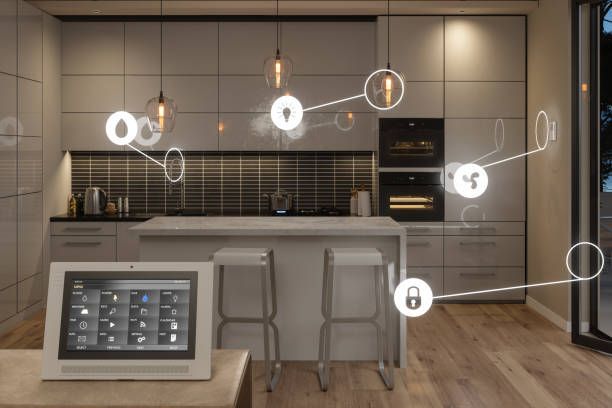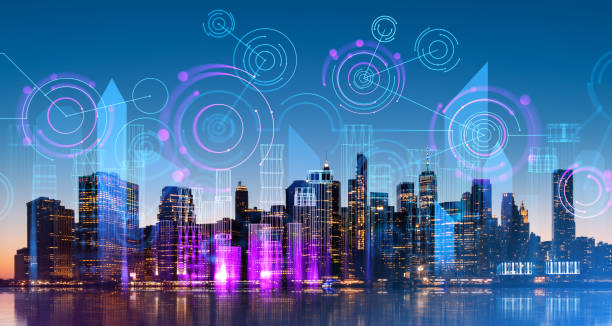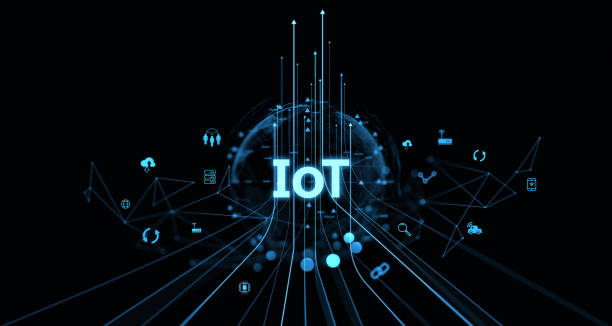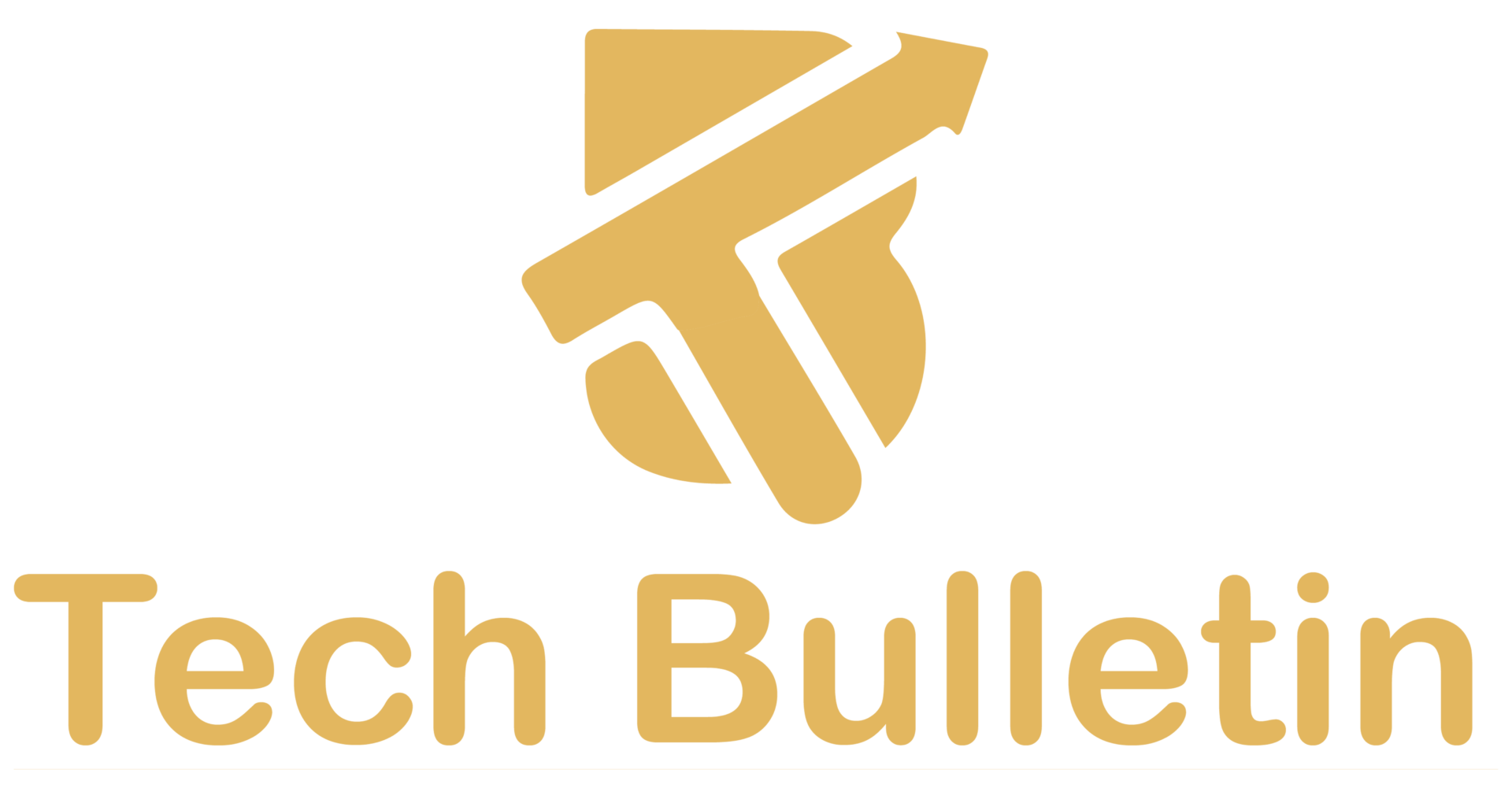10 Powerful Ways IoT in Business Automation Is Revolutionizing Modern Enterprises

The Internet of Things (IoT) has become one of the most transformative forces in the business world, particularly in the realm of automation. At its core, IoT refers to a network of interconnected devices that can collect, exchange, and analyze data in real-time. When integrated with automation technologies, IoT becomes a powerful engine for streamlining operations, reducing costs, and improving productivity.
Historically, business automation focused on pre-programmed processes and rigid workflows. With the arrival of IoT, automation has become smarter, adaptive, and context-aware. Machines now make decisions based on live data instead of fixed rules—revolutionizing how businesses operate on a day-to-day basis.
Core Components of IoT-Based Automation Systems
IoT-enabled automation systems rely on a few core components to function effectively:
1- Sensors, Actuators, and Smart Devices

Sensors collect data such as temperature, pressure, motion, or location. Actuators perform actions based on that data, like opening a valve or turning on machinery. Smart devices combine both functions, creating self-regulating environments.
2- Cloud Computing and Edge Analytics

Cloud platforms process massive volumes of IoT data, making it accessible across the organization. Edge analytics processes data locally, near the source, to reduce latency and bandwidth usage critical for real-time automation.
3- IoT Platforms and APIs
These platforms provide the backbone for device communication, data management, and system integration. APIs allow third-party applications and business systems to interact seamlessly with IoT infrastructures.
Role of IoT in Transforming Business Operations

The real magic of IoT in business automation lies in its ability to transform everyday operations into intelligent processes.
4- Real-Time Monitoring and Control
With IoT sensors, businesses can monitor production lines, environmental conditions, or equipment status in real time. This immediate feedback loop allows for faster response to anomalies, minimizing downtime and enhancing safety.
5- Predictive Maintenance
Instead of waiting for machines to fail, IoT enables predictive maintenance by analyzing data patterns to anticipate when a part is likely to break down. This helps businesses schedule maintenance proactively, avoiding costly disruptions.
6- Inventory and Supply Chain Optimization
IoT devices track inventory levels, shipment locations, and delivery conditions with pinpoint accuracy. Automated reordering systems and dynamic route optimization improve supply chain transparency and reduce waste.
Industrial Applications of IoT Automation

Industries such as manufacturing, logistics, and energy are leading the charge in adopting IoT-driven automation.
7- Smart Manufacturing and Industry 4.0
Industry 4.0 refers to the ongoing transformation in manufacturing driven by IoT, AI, and robotics. Smart factories use interconnected devices to optimize production, reduce energy usage, and customize output based on market demands.
8- Energy Management in Industrial Settings
IoT solutions monitor and control energy consumption in real time. For example, smart meters and automated HVAC systems ensure energy efficiency by adapting to usage patterns and occupancy.
9-IoT in Office and Administrative Environments
While industrial use is prominent, IoT also finds strong relevance in offices and administrative settings.
10-Intelligent Lighting and HVAC Systems
IoT-based lighting and temperature control systems adjust automatically based on occupancy or time of day, creating comfortable workspaces while reducing utility costs.
From smart security systems to cleaning robots, IoT makes facility management more efficient, reducing human oversight and enhancing safety.
Data-Driven Decision Making with IoT

IoT’s ability to generate vast volumes of data leads to smarter decisions across the board.
Insights from Sensor Data
Businesses can analyze data collected from various IoT devices to uncover trends, identify inefficiencies, and drive innovation.
Enhancing Strategic Planning
Executives can use IoT-driven dashboards and analytics to make long-term strategic decisions, improving competitiveness in dynamic markets.
IoT and Remote Operations Management
Managing multiple sites or remote assets has become much easier thanks to IoT.
Monitoring Assets Across Multiple Sites
IoT solutions provide centralized control and visibility over assets spread across locations, improving reliability and operational oversight.
Workforce Tracking and Safety
Wearable IoT devices can monitor worker location, health, and safety conditions, helping employers ensure compliance and respond to emergencies swiftly.
Integration with Artificial Intelligence and Machine Learning

Combining IoT with AI and machine learning adds a layer of intelligence to automation.
AI-Enabled Automation
AI processes the data collected by IoT sensors to identify patterns, predict outcomes, and trigger automated actions without human input.
Enhancing IoT Capabilities with ML
Machine learning algorithms improve over time, allowing IoT systems to self-optimize, adapt to new conditions, and become more efficient.
Cybersecurity Challenges in IoT-Driven Automation
As the number of connected devices grows, so do security risks.
Risks of Connected Devices
Unsecured devices can become entry points for cyberattacks. Common vulnerabilities include outdated firmware, weak authentication, and a lack of encryption.
Best Practices for Securing IoT Systems
To safeguard data and systems, businesses must implement encryption, conduct regular security audits, and follow industry best practices like zero-trust architecture.
Cost Savings and ROI from IoT Automation
One of the most compelling reasons for businesses to adopt IoT is the clear financial return.
Operational Cost Reduction
IoT reduces human intervention by automating repetitive tasks and optimizing energy use, which lowers operational expenses significantly. Businesses save on labor, utilities, and maintenance.
ROI Analysis for IoT Projects
Though initial implementation may seem costly, the long-term ROI is usually substantial. Reduced downtime, efficient workflows, and fewer errors contribute to faster payback periods and sustained savings.
Case Studies of Successful IoT Implementations
Looking at real-world examples helps illustrate the value of IoT in automation.
Logistics: DHL’s Smart Warehousing
DHL uses IoT to track packages and manage inventory in real time. Their automated systems enhance speed and accuracy, improving customer satisfaction.
Retail: Walmart’s IoT-Driven Stores
Walmart utilizes IoT to manage refrigeration systems, monitor shelf stock, and track product movement, reducing waste and ensuring product availability.
Manufacturing: GE’s Industrial IoT (IIoT)
General Electric integrates IoT sensors in turbines and aircraft engines to monitor performance and conduct predictive maintenance, saving millions in operational costs.
Challenges and Limitations of IoT in Automation
Despite its benefits, IoT implementation isn’t without hurdles.
Infrastructure and Scalability Issues
Older buildings and systems often lack the digital infrastructure needed to support IoT. Expanding IoT at scale also demands significant investment in connectivity and device management.
Interoperability Between Devices
With multiple vendors and protocols, ensuring seamless communication among IoT devices remains a challenge. Standardization is key, but still evolving.
Government Regulations and Compliance
Businesses must navigate a complex landscape of IoT regulations.
Data Protection and Privacy Laws
Laws such as GDPR and CCPA impose strict requirements on how IoT data is collected, stored, and used, especially for customer-facing applications.
IoT Security Standards
Governments are working to create security standards to protect critical infrastructure and promote safe IoT adoption. Compliance is not just legal—it’s essential for trust.
The Future of IoT in Business Automation
The horizon looks bright for IoT-based automation.
Trends to Watch
Emerging trends include 5G-powered IoT, blockchain integration, and digital twins—each unlocking new levels of automation, precision, and efficiency.
Long-Term Outlook
As technology matures, IoT will be embedded into virtually every business process. From agriculture to education, the scope of transformation is virtually limitless.
FAQs
Q1: How does IoT differ from traditional automation?
A: Traditional automation follows fixed rules. IoT enables dynamic automation based on real-time data, making processes more responsive and adaptive.
Q2: What industries benefit most from IoT automation?
A: Manufacturing, logistics, energy, and retail are leading adopters, but sectors like healthcare, agriculture, and finance are rapidly catching up.
Q3: Is IoT automation expensive to implement?
A: While upfront costs can be high, the long-term savings and ROI make it a cost-effective solution, especially for large-scale operations.
Q4: How secure is IoT in automation systems?
A: Security depends on proper implementation. Encryption, regular updates, and network segmentation are essential for minimizing risks.
Q5: Can small businesses use IoT for automation?
A: Yes. Many affordable, scalable IoT solutions are tailored for small to medium enterprises (SMEs), helping them improve efficiency without heavy investment.
Q6: What’s the first step to integrating IoT in a business?
A: Start by identifying key processes that can benefit from automation. Conduct a pilot project to test performance before scaling up.
Conclusion
IoT is no longer a futuristic concept; it’s a business necessity. By harnessing its power, companies can automate complex tasks, enhance productivity, and make smarter decisions in real time. While implementation comes with challenges, the long-term gains far outweigh the initial hurdles.
Strategic Tip: Start small, secure your systems, and focus on areas with measurable impact. Partner with experts and continuously adapt your strategy as technology evolves.





